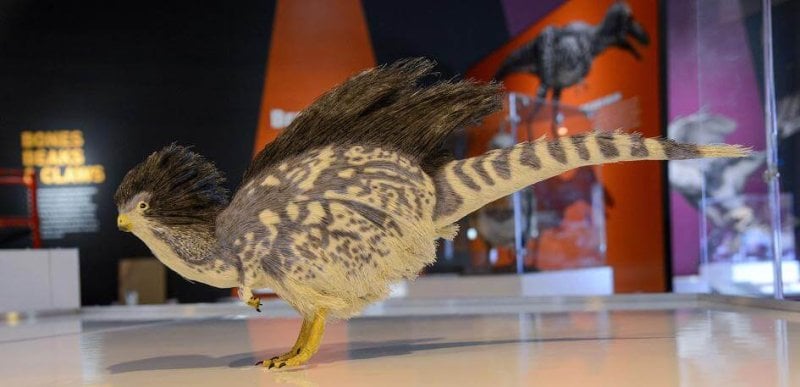…
[I]t was feathers that provided the final incontrovertible evidence that birds evolved from dinosaurs.…
Since then, a spectacular array of small, feathered dinosaurs have been recovered from Liaoning and a few other sites around the world, which plot every conceivable evolutionary step from small fuzz-covered, meat-eating theropods through to fully feathered and winged birds.
…
Beginning as simple downy filaments, they had probably originated to keep theropods warm – evidence supporting the theory that at least some dinosaurs were ‘warm-blooded’. They may also have served as ornaments. Festooned with arm feathers, smaller theropods’ plumage would have given them a degree of lift to chase flying insects.
This set of features – small with lightweight bones, rotated shoulder sockets with a furcula, turbocharged breathing systems and feathers – developed in theropods long before they took to the air and set the scene for protobirds.
Read full, original post: The feathered revolution: How dinosaurs became birds































